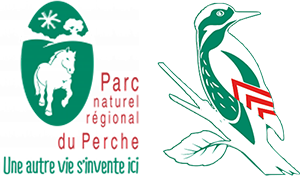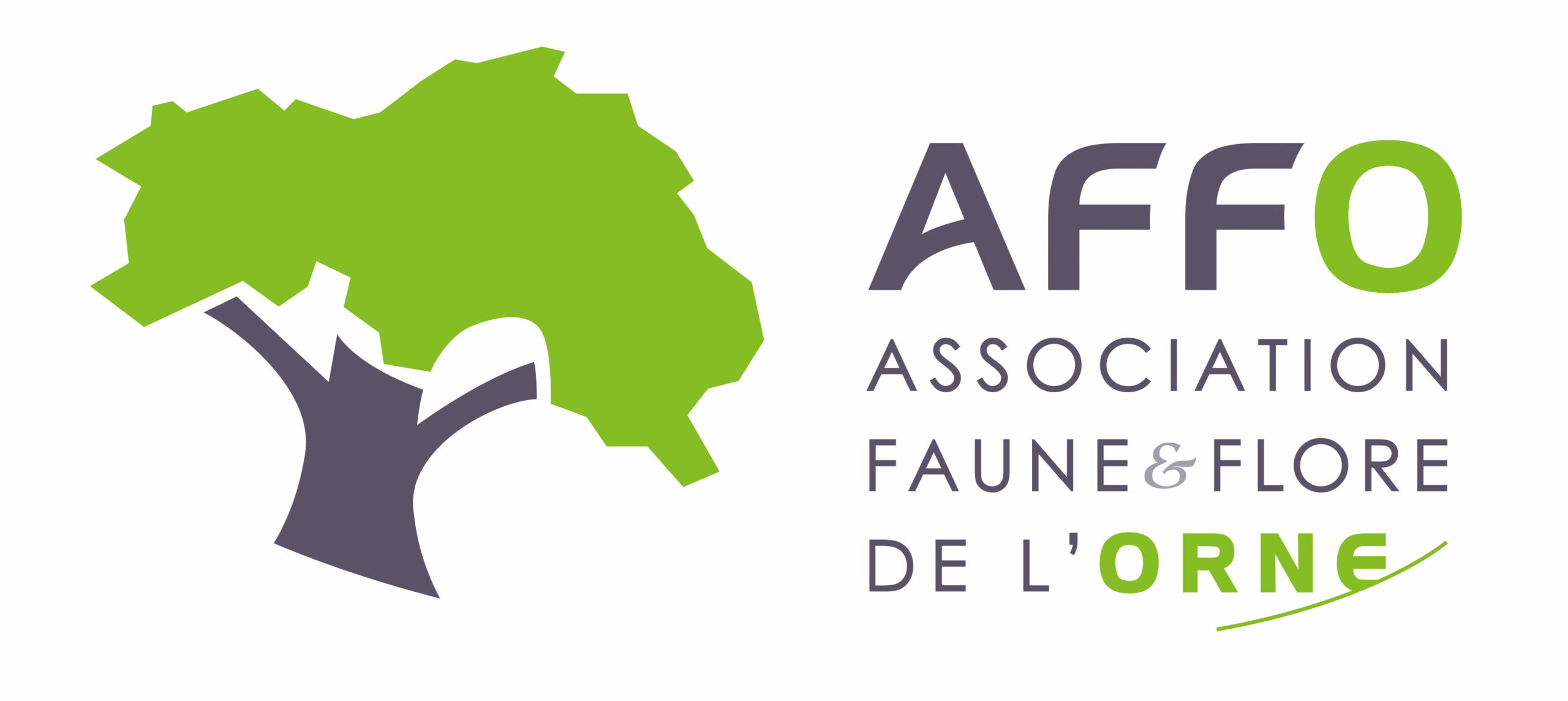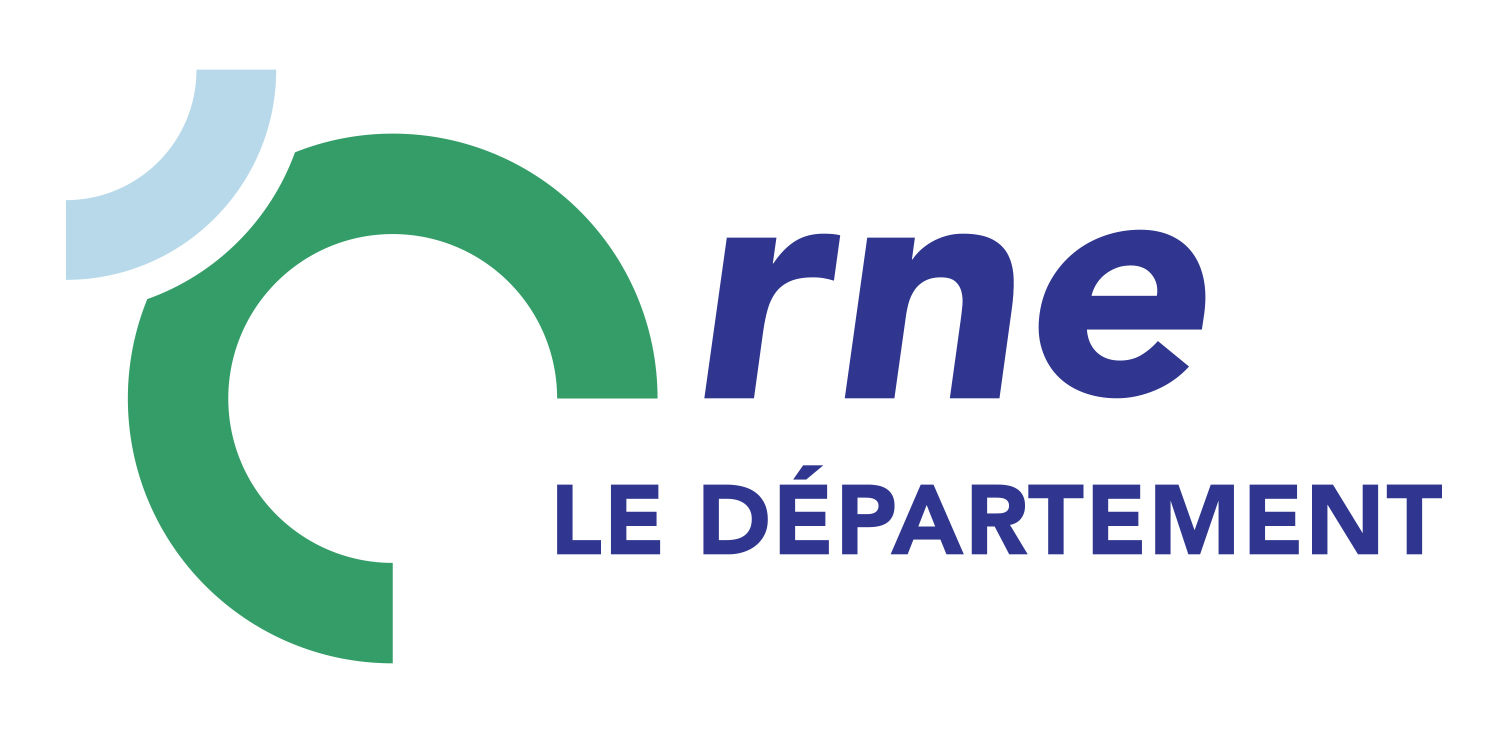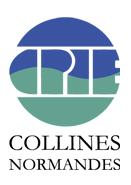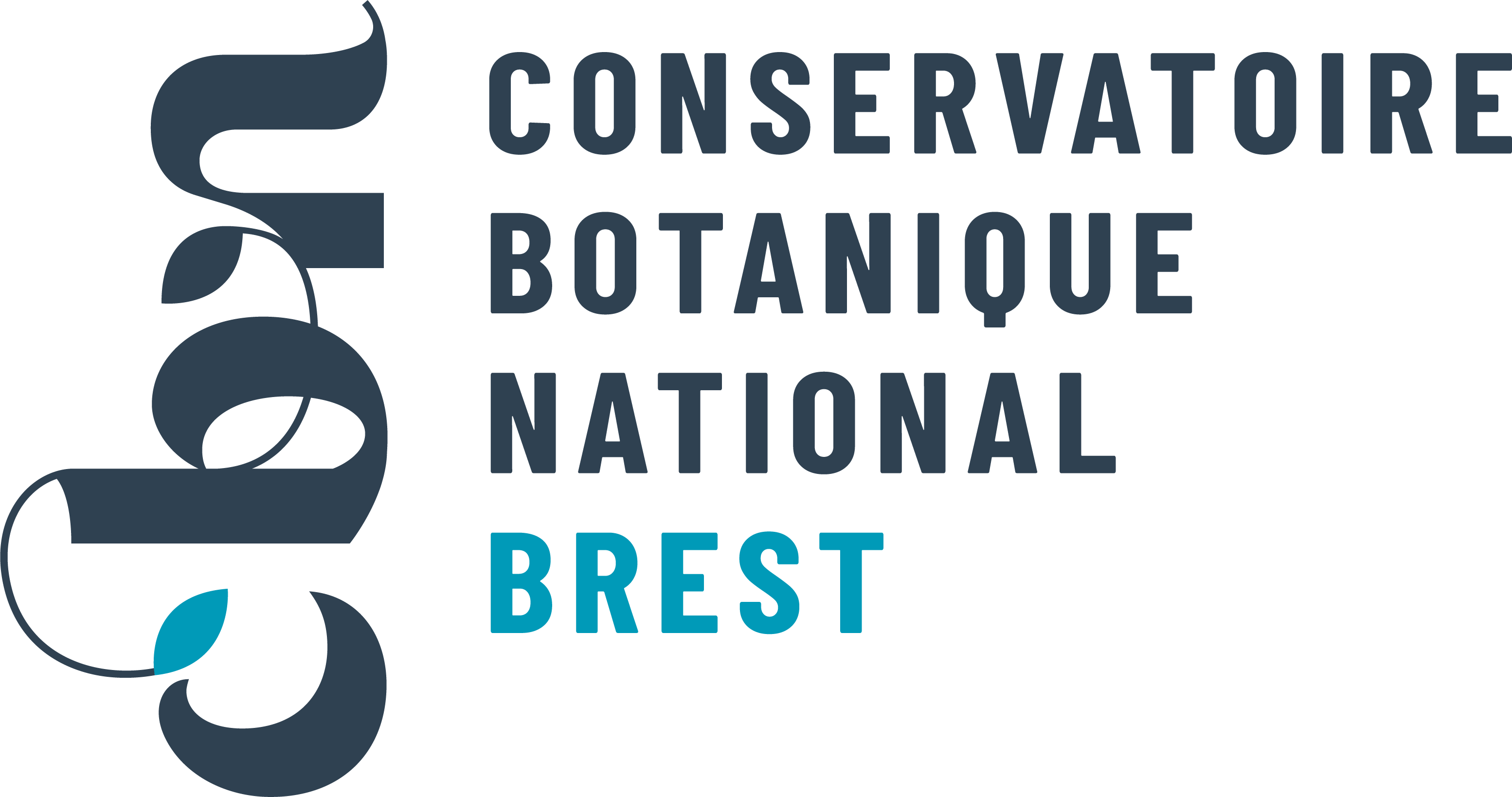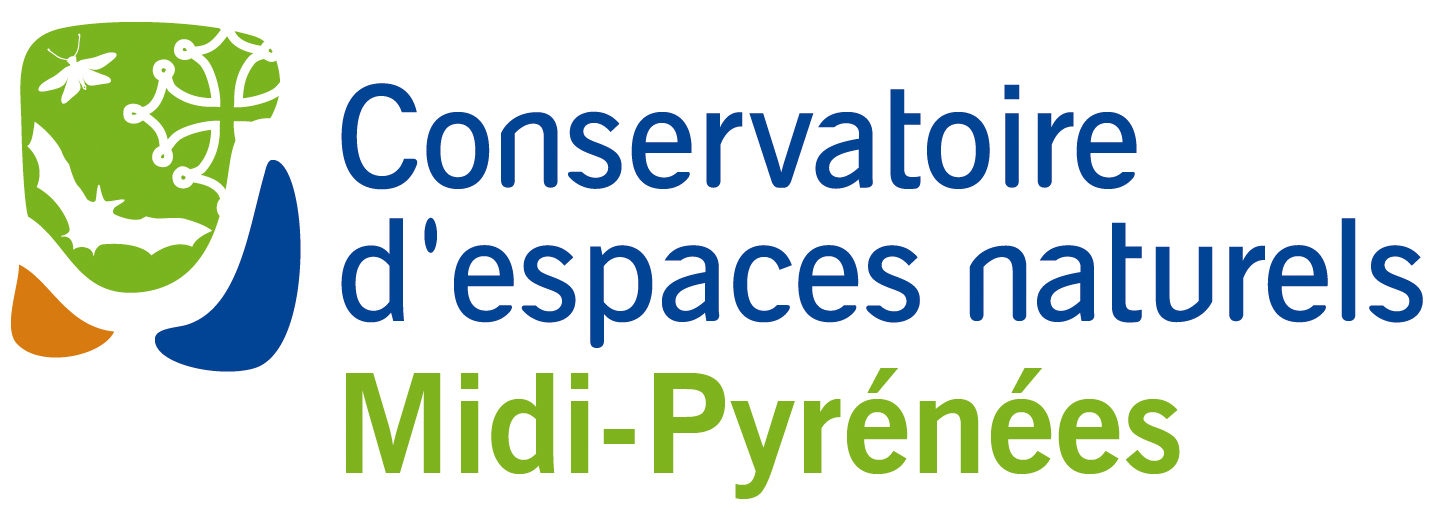Thuidium tamariscinum (Hedw.) Schimp., 1852
- 292 observations
-
107
communes -
30
observateurs
17
organismes -
Première observation
1900 -
Dernière observation
2025
Almenêches - Athis-Val de Rouvre - Aunay-les-Bois - Bagnoles de l'Orne Normandie - Bailleul - Beaufai - Beaulieu - Beauvain - Belfonds - Belforêt-en-Perche - Bellavilliers - Bellou-en-Houlme - Boitron - Bonnefoi - Bretoncelles - Brieux - Canapville - Ceaucé - Champsecret - Charencey - Chaumont - Cour-Maugis sur Huisne - Crulai - Cuissai - Domfront en Poiraie - Échauffour - Écouves - Feings - Giel-Courteilles - Ginai - Gouffern en Auge - Héloup - Igé - Irai - Joué-du-Plain - Juvigny Val d'Andaine - La Bellière - La Chapelle-près-Sées - La Ferrière-aux-Étangs - La Ferté-en-Ouche - La Ferté Macé - La Lande-de-Goult - La Madeleine-Bouvet - La Ventrouze - Le Bouillon - Le Cercueil - Le Chalange - Le Mage - Le Ménil-Bérard - Le Merlerault - Le Plantis - Le Renouard - Les Aspres - Les Genettes - Les Monts d'Andaine - Les Ventes-de-Bourse - L'Hôme-Chamondot - Longny les Villages - Lonlay-l'Abbaye - L'Orée-d'Écouves - Macé - Magny-le-Désert - Mahéru - Marchemaisons - Mardilly - Ménil-Hubert-sur-Orne - Merri - Messei - Mortrée - Moutiers-au-Perche - Occagnes - Perche en Nocé - Perrou - Pervenchères - Rânes - Rémalard en Perche - Saint-Agnan-sur-Sarthe - Saint-Aquilin-de-Corbion - Saint-Aubin-d'Appenai - Saint-Aubin-de-Bonneval - Saint-Brice-sous-Rânes - Saint-Christophe-de-Chaulieu - Saint-Clair-de-Halouze - Saint-Cyr-la-Rosière - Saint-Evroult-de-Montfort - Saint-Evroult-Notre-Dame-du-Bois - Saint-Fraimbault - Saint-Germain-de-la-Coudre - Saint-Julien-sur-Sarthe - Saint-Léger-sur-Sarthe - Saint-Martin-du-Vieux-Bellême - Saint-Michel-Tubœuf - Saint-Nicolas-des-Bois - Saint-Nicolas-de-Sommaire - Saint-Ouen-sur-Iton - Saint-Patrice-du-Désert - Saint-Philbert-sur-Orne - Saint-Sulpice-sur-Risle - Saint-Symphorien-des-Bruyères - Sap-en-Auge - Sarceaux - Sévigny - Soligny-la-Trappe - Suré - Touquettes - Tourouvre au Perche - Val-au-Perche
-
Institut national de l'information géographique et forestière (IGN)
Participation à 105 Observations
Part d'aide à la prospection : 35.96 %
Fiche organisme
-
Muséum national d'Histoire naturelle (MNHN)
Participation à 70 Observations
Part d'aide à la prospection : 23.97 %
Fiche organisme
-
Tela Botanica
Participation à 64 Observations
Part d'aide à la prospection : 21.92 %
Fiche organisme
-
PNR et géoparc mondial UNESCO Normandie-Maine
Participation à 45 Observations
Part d'aide à la prospection : 15.41 %
Fiche organisme
-
Association Faune & Flore de l'Orne (AFFO)
Participation à 42 Observations
Part d'aide à la prospection : 14.38 %
Fiche organisme
-
Conseil départemental de l'Orne (bureau ENS)
Participation à 19 Observations
Part d'aide à la prospection : 6.51 %
Fiche organisme
-
UMS PatriNat (OFB-CNRS-MNHN)
Participation à 6 Observations
Part d'aide à la prospection : 2.05 %
Fiche organisme
-
Bureaux d'études & consultants
Participation à 4 Observations
Part d'aide à la prospection : 1.37 %
Fiche organisme
-
Système mondial d’information sur la biodiversité (GBIF)
Participation à 4 Observations
Part d'aide à la prospection : 1.37 %
Fiche organisme
-
Peter Stallegger (Consultant Environnement)
Participation à 3 Observations
Part d'aide à la prospection : 1.03 %
Fiche organisme
-
Habitants-bénévoles
Participation à 3 Observations
Part d'aide à la prospection : 1.03 %
Fiche organisme
-
Ministère de la Transition écologique et de la Cohésion des territoires
Participation à 2 Observations
Part d'aide à la prospection : 0.68 %
Fiche organisme
-
CPIE Collines normandes
Participation à 2 Observations
Part d'aide à la prospection : 0.68 %
Fiche organisme
-
Conservatoire Botanique National de Brest (CBNB)
Participation à 1 Observation
Part d'aide à la prospection : 0.34 %
Fiche organisme
-
Conservatoire d'espaces naturels de Midi-Pyrénées (CEN MP)
Participation à 1 Observation
Part d'aide à la prospection : 0.34 %
Fiche organisme
Informations espèce
G3.135 : Bazzania fir forests
G3.413 : Moss Caledonian forest
Répartition actuelle en France métropolitaine
© INPN - Avertissement : les données visualisables reflètent l'état d'avancement des connaissances et/ou la disponibilité des données existantes au niveau national : elles ne peuvent en aucun cas être considérées comme exhaustives.
Répartition actuelle dans le monde
Avertissement : les données visualisables reflètent l'état d'avancement des connaissances et/ou la disponibilité des données existantes au niveau mondial : elles ne peuvent en aucun cas être considérées comme exhaustives.




